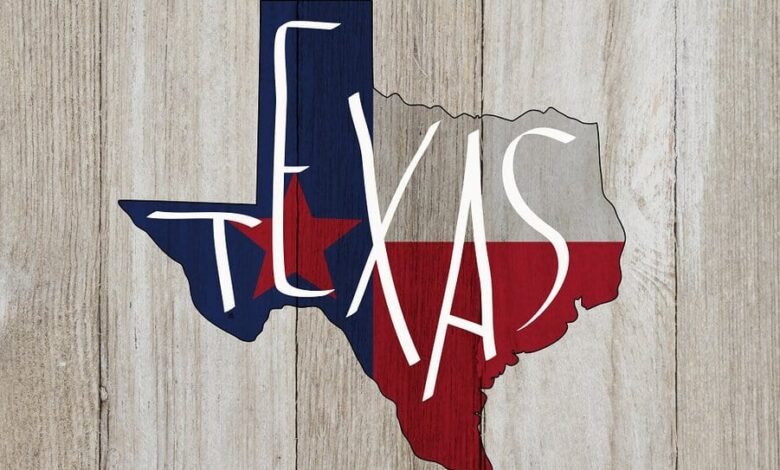
Fun Facts About Texas That May Surprise You
Texas is one of the most recognizable states in America. Sitting in the South Central region, Texas is the second-largest state in terms of population and square miles. While it’s often associated with the Old West and Cowboys, Texas is one of the wealthiest states with bustling cities, significant sporting events, and economic hubs.
The capital city, Austin, is one of many world-renowned locations in the state. Texas also plays a vital role in American politics and is a major state when it comes to shaping policies in the country. Despite being synonymous with the desert, Texas features gorgeous landscapes, grasslands, and piney woods. The state has a long and rich history, unlike any other state in the United States. To prove this, here are some super fun facts about Texas sure to surprise you.
1. The Name Texas Derives From the Caddo Word for Friends
Before Europeans arrived in America, Native Americans inhabited the majority of the region. Various tribes lived on the land, such as the Caddo, Aranama, and Comanche tribes. During Spanish rule, the Europeans attempted to form ties with the Caddo tribe since they shared similar interests in agriculture.
The Caddo tribe’s influence transcends time as the state’s name, “Texas,” comes from the Caddo word for friends, “taysha.” It also inspired the state’s motto, which is friendship.
2. Frozen Margaritas Come From Texas
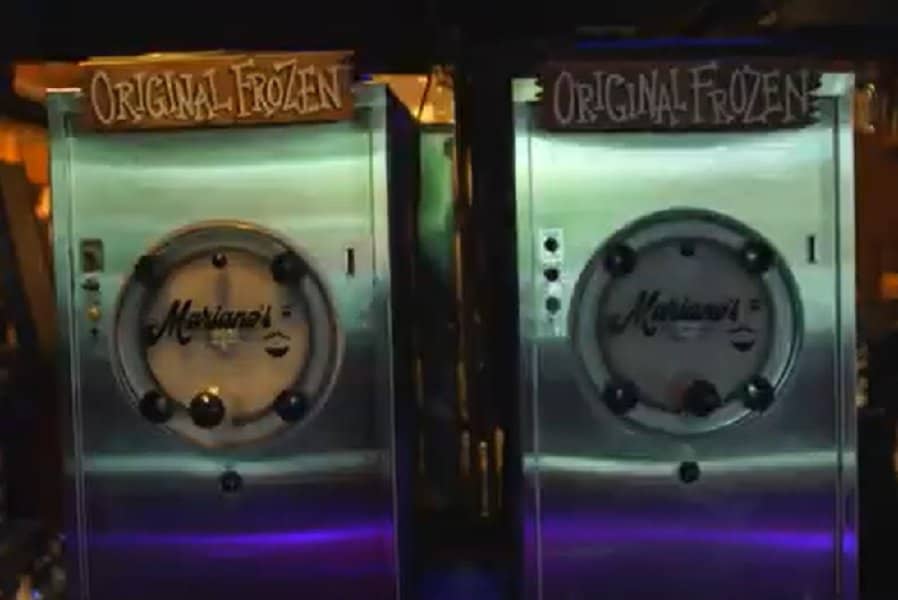
In 1971, Mariano Martinez opened his first restaurant in his home state of Dallas, Texas. Martinez used his father’s margarita recipe as the crown jewel of Mariano’s Mexican Cuisine. Soon, guests packed the restaurant, but they complained about the margaritas. Due to the large number of customers, the bartenders weren’t measuring out the drink properly. It didn’t help that they only had one blender also.
Martinez came up with the idea for a frozen margarita machine when he noticed a Slurpee machine at a local 7-11. He modified an old ice cream machine and used his father’s famous recipe. Thus, the frozen margarita machine was born in Texas, becoming the restaurant’s signature drink.
Martinez’s career took off and he now runs five Mexican restaurants in Texas. The original frozen margarita machine is now at the Smithsonian Museum.
3. Six Flags Over Texas

After a visit to Disneyland, a real estate developer quickly began work on an amusement park in his home state in the early 1960s dubbed “Six Flags Over Texas.” The name pays tribute to Texas’ history and the six flags that flew over Texas, representing the six countries that controlled the region.
Spain was the first sovereign country to rule Texas from 1519 to 1685 and again from 1690 until 1821. France took over from 1685 to 1690, while Mexico controlled the region from 1821 to 1836. Before joining the United States in 1845, the Republic of Texas stayed separate. Later, Texas joined the Confederate States from 1861 to 1865 until rejoining America. The six flags over Texas sit in front of government buildings throughout the state.
4. Dr. Pepper Was Invented in Waco
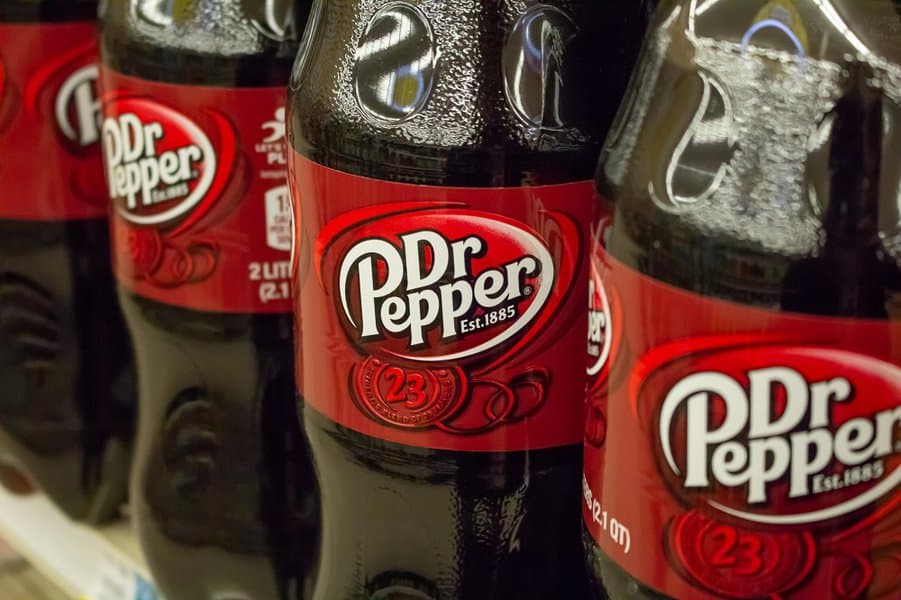
Pharmacist Charles Alderton created the popular soda Dr. Pepper in 1885, one year before Coca-Cola hit the market. Born in Brooklyn, New York, Alderton invented the famous beverage in Morrison’s Old Corner Drugstore in Waco, Texas.
Alderton sold the drink and recipe to Wade Morrison, who named it Dr. Pepper, although the origin of the name is a mystery. The famous recipe is top secret and kept in two halves at separate banks in Dallas.
5. The Lone Star State
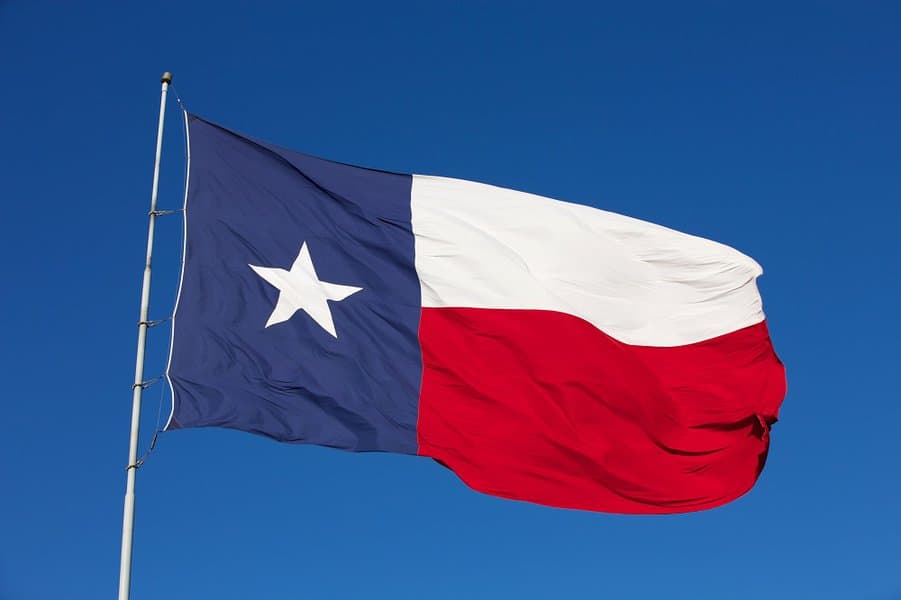
In 1836, the Republic of Texas gained its independence from Mexico after the Texas Revolution finally came to an end. They made it official in 1839 by unveiling the famous Lone Star Flag, hence the nickname “The Lone Star State.” The flag remains beloved in the country and a proud symbol of Texas. There’s just one small problem: nobody knows who designed the iconic flag.
Rumors suggest Dr. Charles B. Stewart sketched out the single star, but he could have plagiarized the idea. Regardless, the identity of the Lone Star designer remains one of Texas’ greatest mysteries. Texas became the 28th state upon joining the United States.
6. Sam Houston
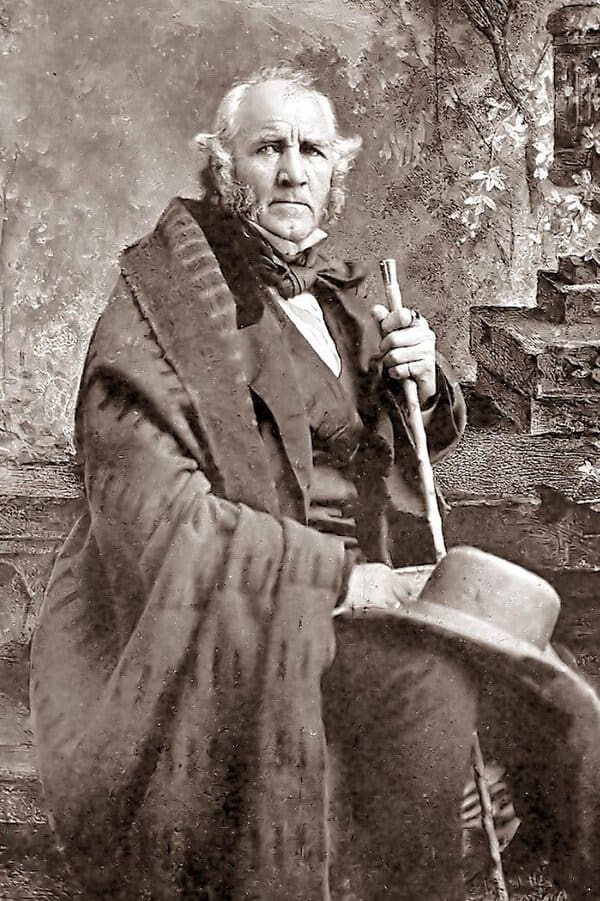
Sam Houston is one of Texas’s most famous and significant historical figures. As a tribute to his influence, his name is all over the state, including Sam Houston National Forest, Fort Sam Houston, and the largest city in Texas, Houston.
After serving as governor of Tennessee, Houston played a pivotal role in the Texas Revolution and the state gaining independence from Mexico. He became the first President of the Republic of Texas and helped join the United States. He became one of the first Texas governors to serve in the Senate. He opposed secession and joining the Confederacy but remained loyal to the South.
7. The Most Populous Cities Are in Texas
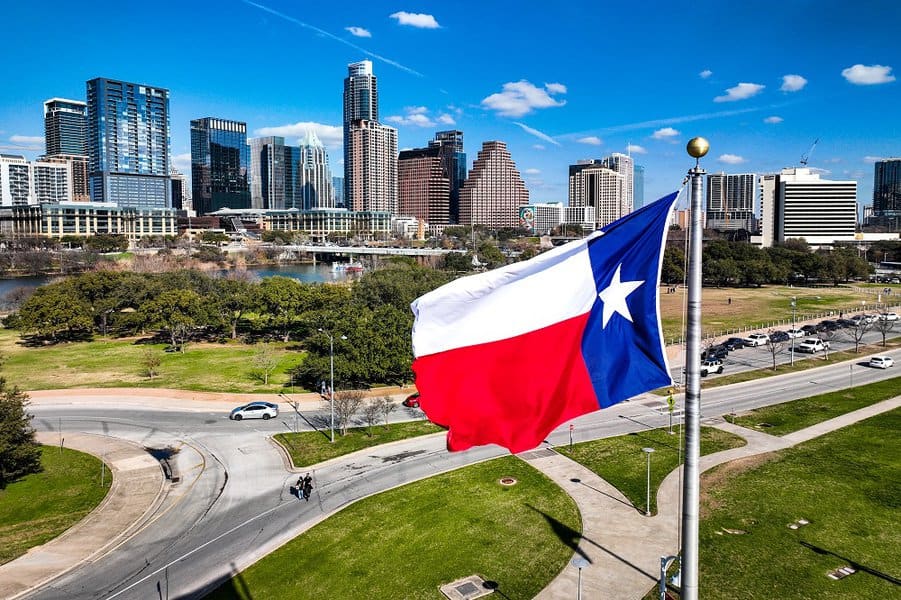
Some of the most famous cities in America are all in Texas. They have a reputation for having large populations that shows their Texas pride daily. Houston, Dallas-Fort Worth, and San Antonio are some of the largest cities not only in Texas but in the entire North America. Trailing behind those three cities are Austin and El Paso. After an economic boom, several major Fortune 500 companies moved to these growing cities which helped increase the population and create more jobs.
8. Big Tex Statue
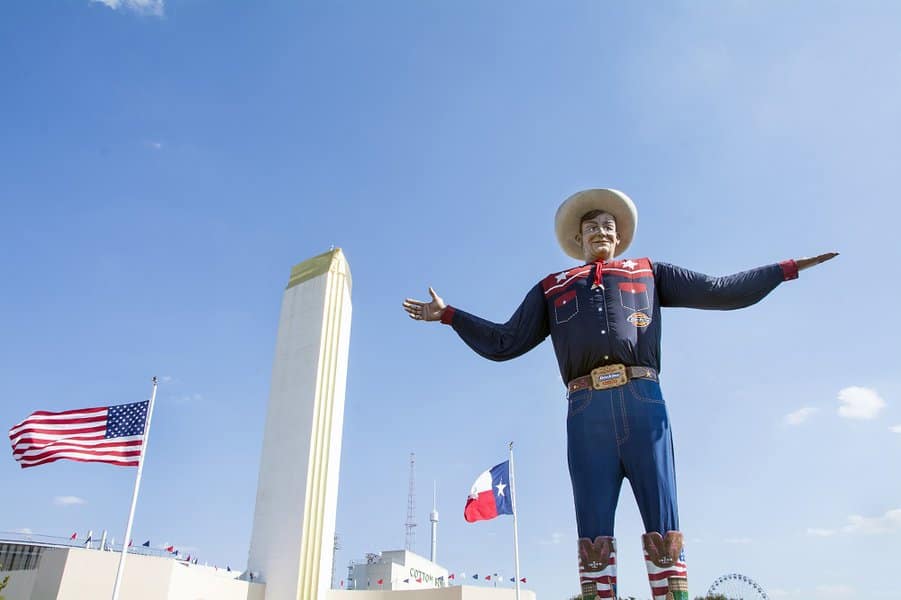
Since 1886, the State Fair of Texas has been one of the most significant events in the state each year. Located in Dallas, the fair has stirred up controversy over the years. However, everyone agrees they love Big Tex. Standing 55 feet, Big Tex is an iconic symbol of the fair, Dallas, and Texas.
The big cowboy debuted in 1952 and remains a beloved part of the state’s identity. Originally a giant Santa Claus, Big Tex wears his trademark denim jeans and cowboy hat. In 2012, a fire destroyed the framework of Big Tex on its 60th anniversary as fairgoers watched. A brand new Big Tex debuted the following year to widespread acclaim.
9. The Fastest Road in America
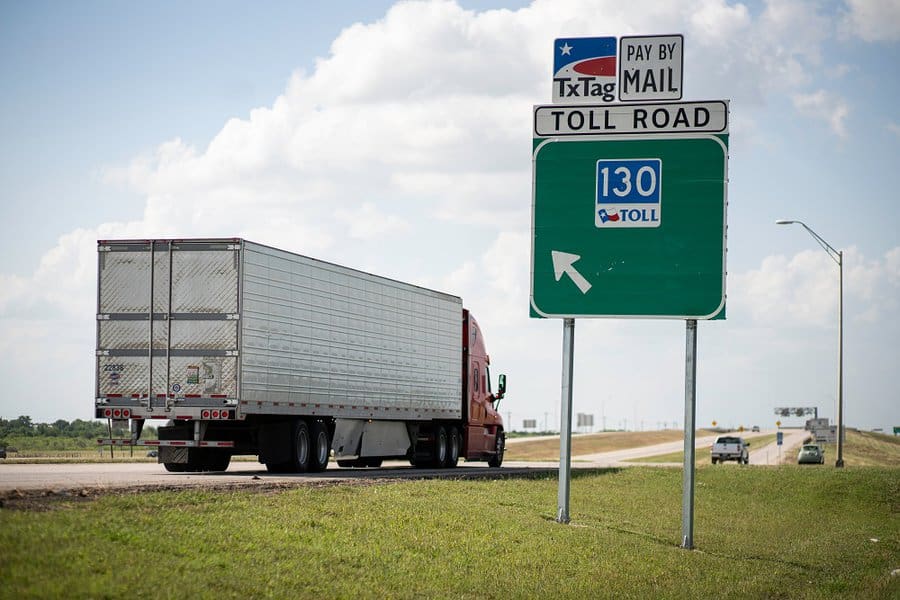
Texas State Highway 130 is one of the vital routes in America. It stretches from San Antonio to Austin, reducing traffic from other highways. For roughly 41 miles, the highway posts a speed limit of 85 mph, making it the highest posted speed limit in Texas, the United States, and North America. Only a few cities, such as Abu Dhabi, Poland, and Bulgaria, have higher speeds.
10. The Birth Place of Two Presidents
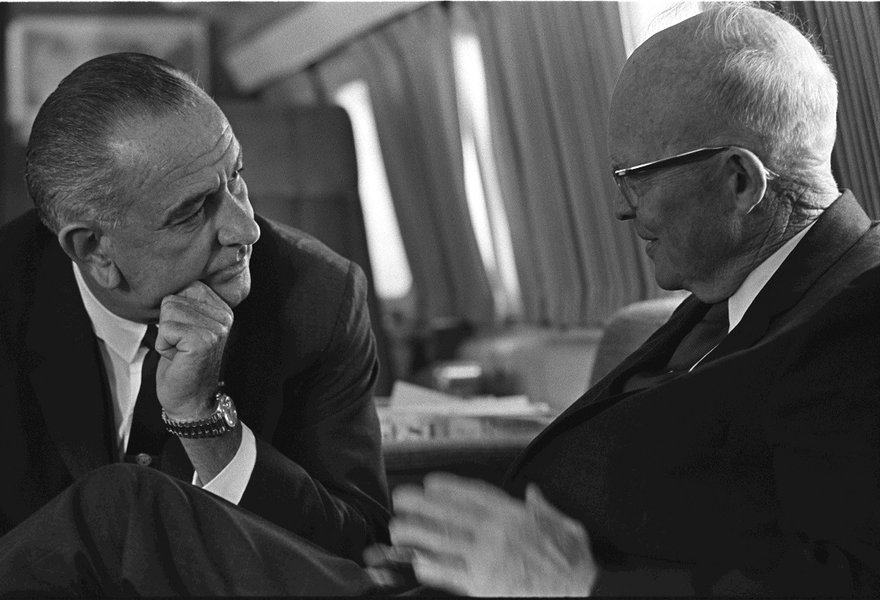
Texas produced two of America’s most important Presidents. It was also the site of one of the most infamous assassinations of a President. Born in Denison, Texas, Dwight D. Eisenhower served as the 34th President from 1953 to 1961. He began work on the notorious Bay of Pigs invasion but left the execution to incoming President John F. Kennedy.
On November 22, 1963, Lee Harvey Oswald assassinated JFK at Dealey Plaza in Dallas, Texas. Then Vice-President Lyndon B. Johnson was sworn in as the 36th President of the United States. Johnson was born in a farmhouse in Stonewall, Texas, and graduated from Texas State University in 1930. He served as President from 1963 to 1969, notably shaping the Civil Rights Act and Voting Rights Act.
11. “What’s Up, Doc?”

There isn’t a person in the world who isn’t aware of the cartoon character Bugs Bunny. He’s known for his sarcastic wit, love of carrots, and famous catchphrase, “What’s up, Doc?” Director Tex Avery used the phrase for the first time in 1940’s A Wild Hare. The first time Bugs used the phrase, the audience erupted in laughter and cheers.
Avery was surprised since he didn’t think much of the phrase, which was popular in Texas at that time. The director grew up in Texas and attended North Dallas High School, where “What’s up, doc?” was a popular term similar to “What’s up, dude?”
12. The Texas Rangers Are the Oldest Statewide Law Enforcement Agency
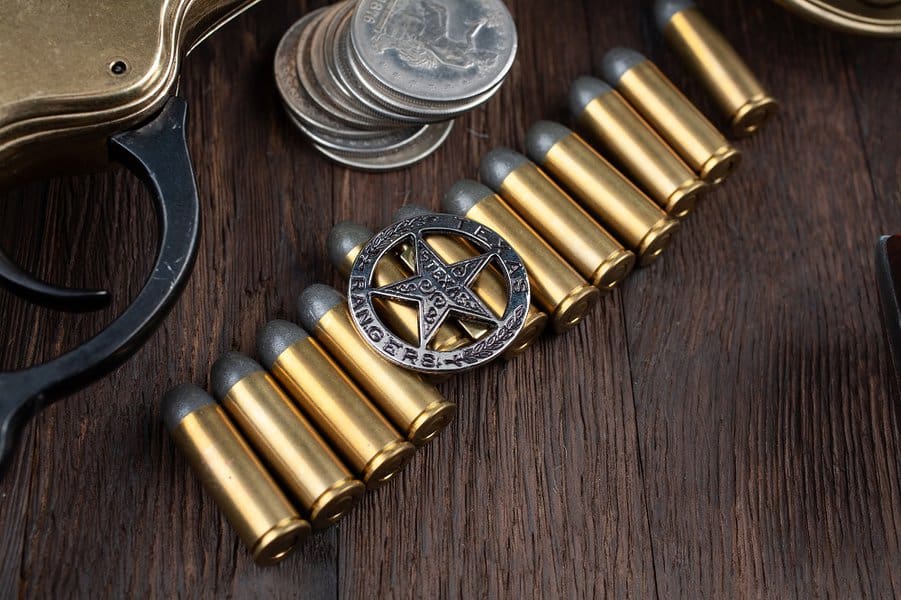
“The Father of Texas,” Stephen F. Austin, formed an early version of the Texas Rangers in 1823. Later, in 1835, they became a permanent law enforcement agency in Texas. They’re the oldest statewide law enforcement agency in the United States and became a defining image of the Old West.
Texas Rangers have played a crucial role in some of the state’s most significant cases and notorious moments. They helped stop infamous bank robber Sam Bass, violent killer John Wesley Hardin, and the iconic Bonnie & Clyde. They remain a staple of Texas culture, with Chuck Norris even playing one in the much-loved Walker, Texas Ranger.
13. Texas Sports

After California, Texas has the most sports teams in America. They have numerous teams in each of the big four sports leagues. The pride and joy of Texas are the beloved multi-time Superbowl champions, the Dallas Cowboys of the NFL. They also have a second NFL team the Houston Texans. The state has three world-famous NBA teams: the Houston Rockets, Dallas Mavericks, and San Antonio Spurs.
While Texans love their football, rodeo, and basketball, baseball has always held a special place in the state with the Texas Rangers and Houston Astros both playing in the MLB. Texas has one team in the NHL, the Dallas Stars. Additionally, Texas has three MLS teams; FC Dallas, Houston Dynamo, and Austin FC. The state also has one WNBA team, the Houston Dash.
14. The Largest Colony of Bats Lives in Texas
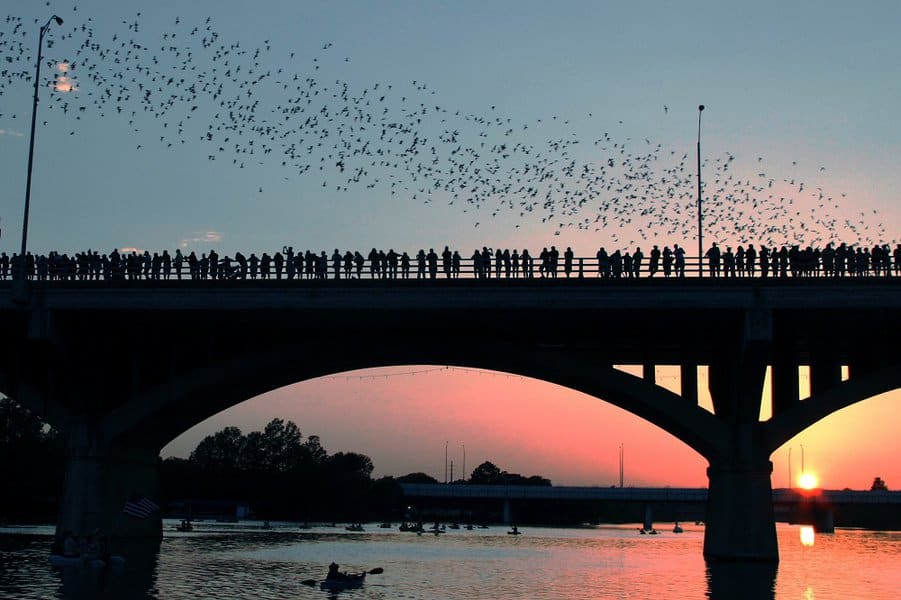
Outside of San Antonio in Comal County, Texas, the unassuming Backen Cave sits at the bottom of a sinkhole with an ominous crescent-shaped entrance. Inside the cave lives the largest bat colony in the world.
Between March and October, roughly 20 million Mexican free-tailed bats live in the Texas cave. Sitting on 1,521 acres of land, Bat Conservation International maintains the cave and surrounding areas.
15. The SMU-TCU Winner Gets an Iron Skillet
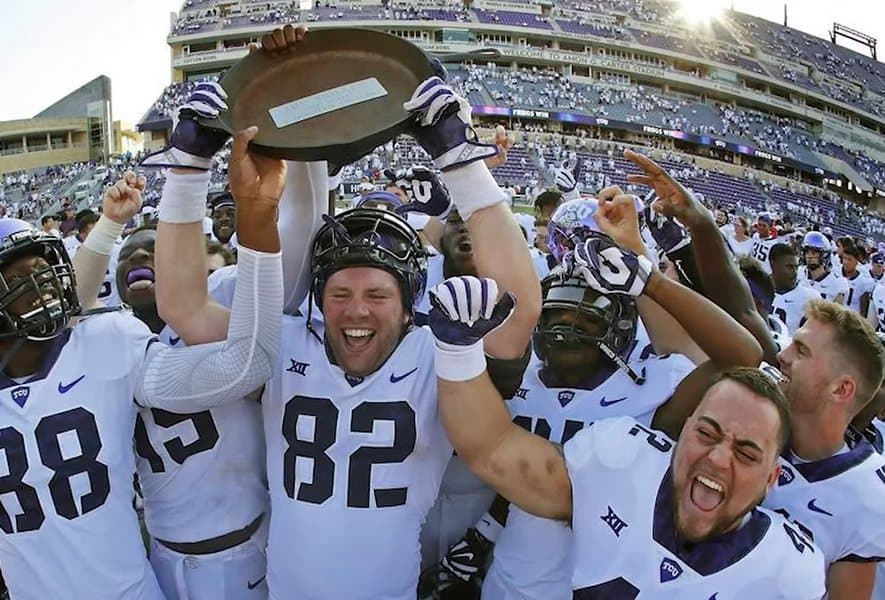
Since 1919, the Southern Methodist University’s Mustangs and Texas Christian University’s Horned Frogs have been among college sports’ most legendary feuds. However, the rivalry isn’t even the most interesting part. That privilege is reserved for the winning team that receives the famed Iron Skillet instead of a traditional trophy.
There are two stories behind the famous Iron Skillet trophy. One account suggests the student bodies from both schools met and agreed on the skillet at some point, although nobody knows why that was chosen as a suitable trophy. The other version proposes that an SMU student was frying up frog legs in a skillet before a game. A TCU student took offense, agreeing that the winning team would win the iron skillet, bragging rights, and, most importantly, the fried frog legs.
16. The Texas Longhorn
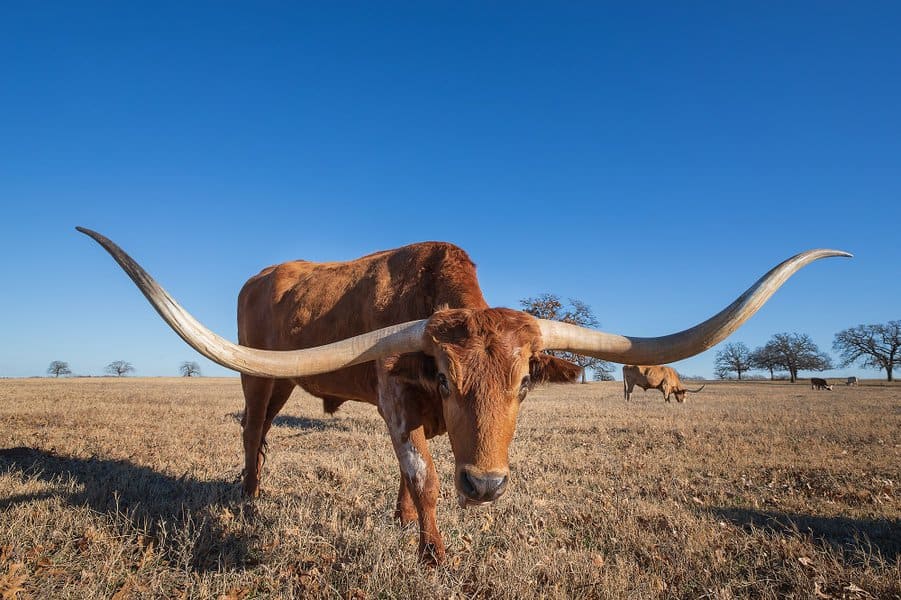
At one point in Texas’s history, bison and other cattle were vital to the state’s early growth. No animal was more essential to Texas’ identity and early economy than the Texas Longhorn. Initially brought over by European settlers, the Texas Longhorn flourished in the Texas weather, becoming an official symbol of the state. The animal is so vital that the University of Texas at Austin adopted the Texas Longhorn as its official symbol and mascot.
17. King Ranch Is Larger Than Rhode Island and Luxemburg
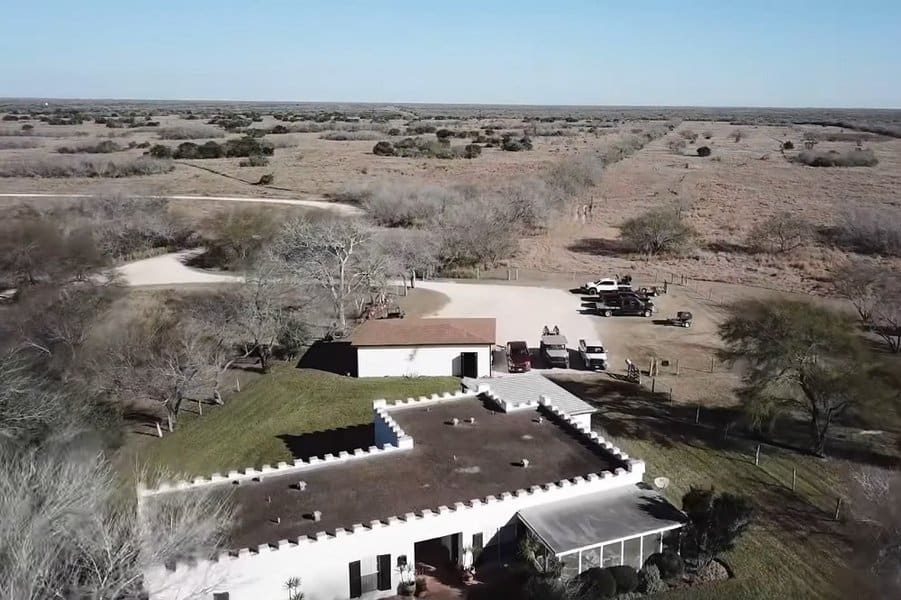
In South Texas, between Brownsville and Corpus Christi, is the renowned King’s Ranch. Founded by Richard King in 1853, the cattle ranch is famous for producing the Triple Crown-winning racehorse Assault.
With an impressive 825,000 acres, King’s Ranch is bigger than the country of Luxembourg and the state of Rhode Island. The ranch has a torrid history that includes the murder of King’s business partner and the discover of rich oil on the property in the 1930s.
18. The Rio Grande
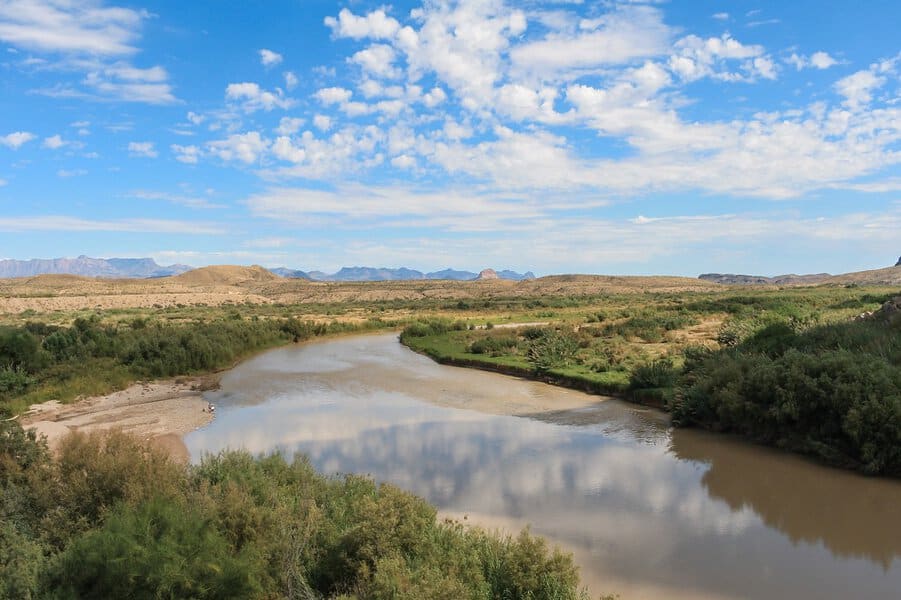
The historic Rio Grande is the largest river running through Texas and the fourth largest in North America. Once the river enters El Paso, Texas, from New Mexico, it becomes the border between the United States and Mexico.
19. Texas Bigfoot
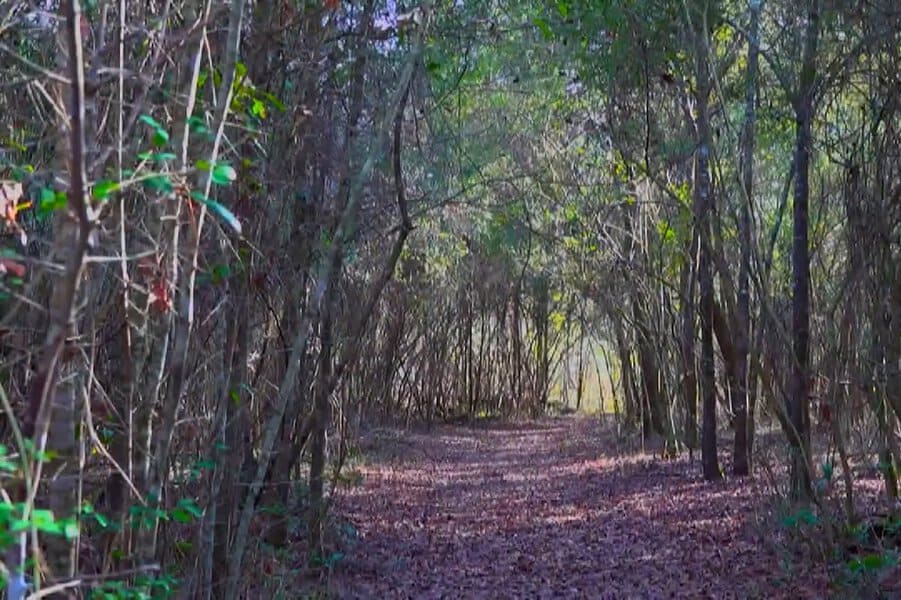
On the border of Louisiana and Texas is the famed Caddo Lake. The 25,400-acre lake and wetland is full of wildlife and a vast ecosystem. It was once the home of the Caddo tribe until they were forcibly removed in the 19th century.
Caddo Lake is best known for the hundreds of bigfoot sightings that have occurred over the years. The sightings began in 1965 and continue to this day.
20. Home of the Brazos River
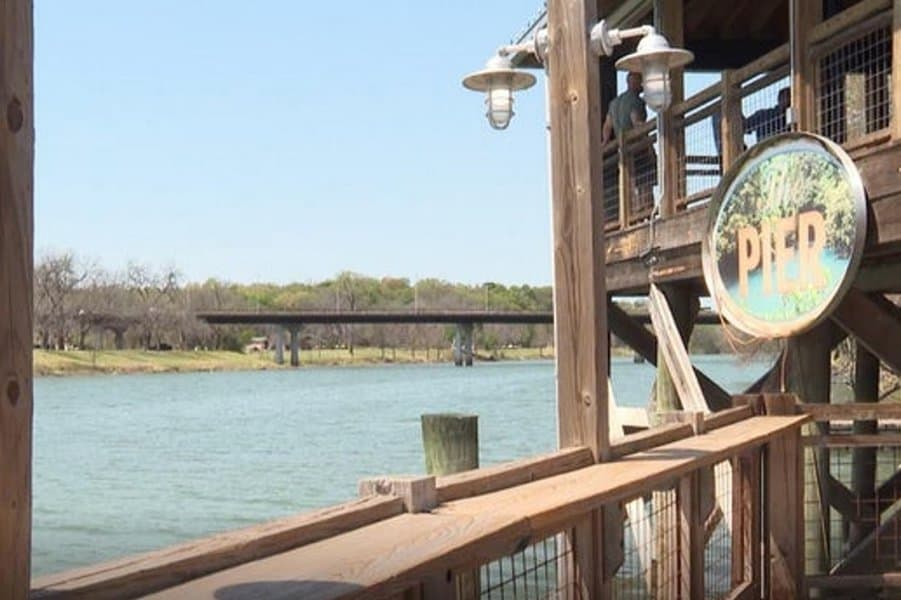
When Spanish settlers saw the Brazos River they called it the Río de los Brazos de Dios, “the River of the Arms of God.” Flowing into the Gulf of Mexico, the river played a vital role in the history of Texas as the border between West Texas and East Texas.
The river also played a critical role in the Texas Revolution, serving as the site for the famous battle between the Mexican Navy and Texas Navy. Indeed, Washington County, formerly Washington-on-the-Brazos, is considered the birthplace of Texas.




